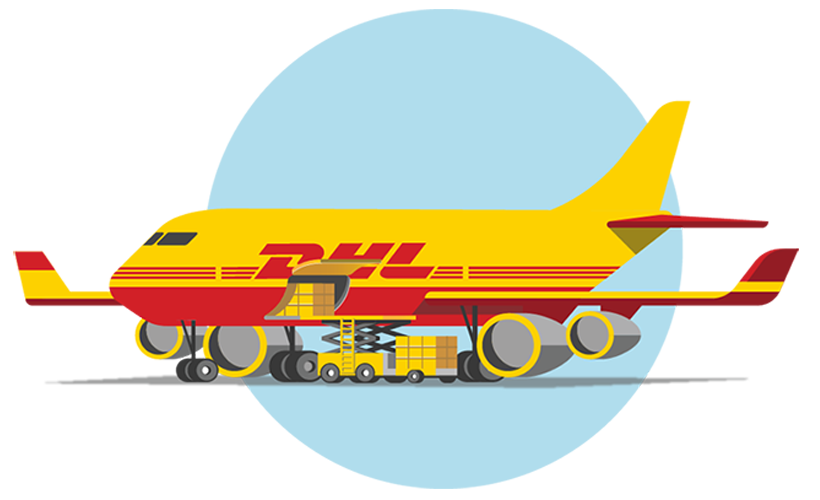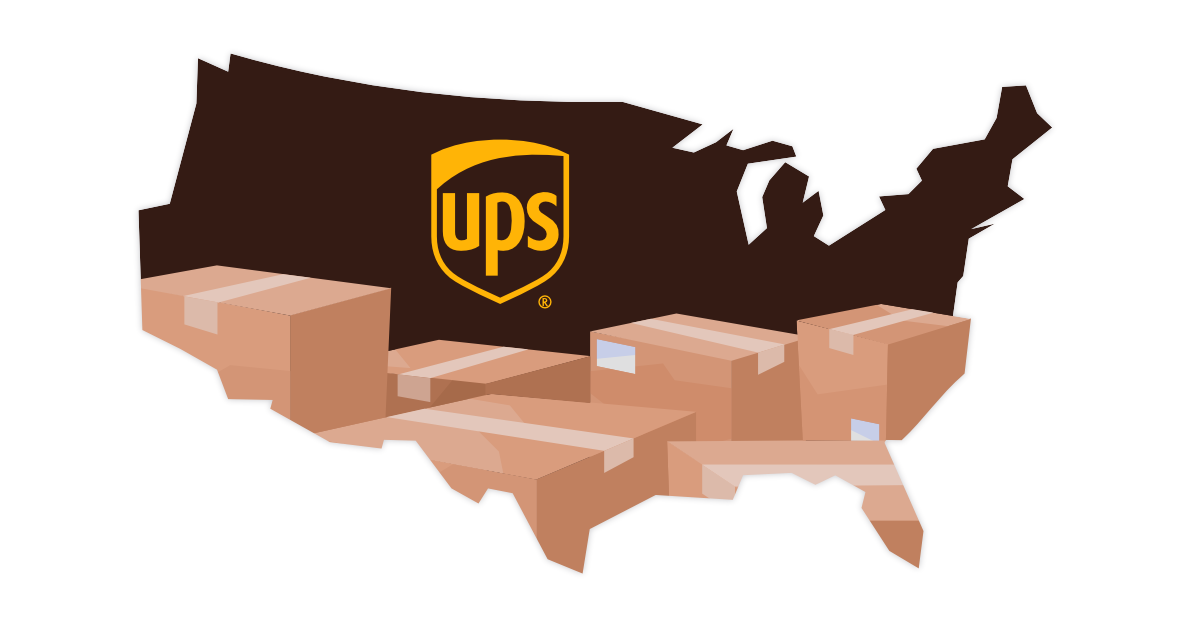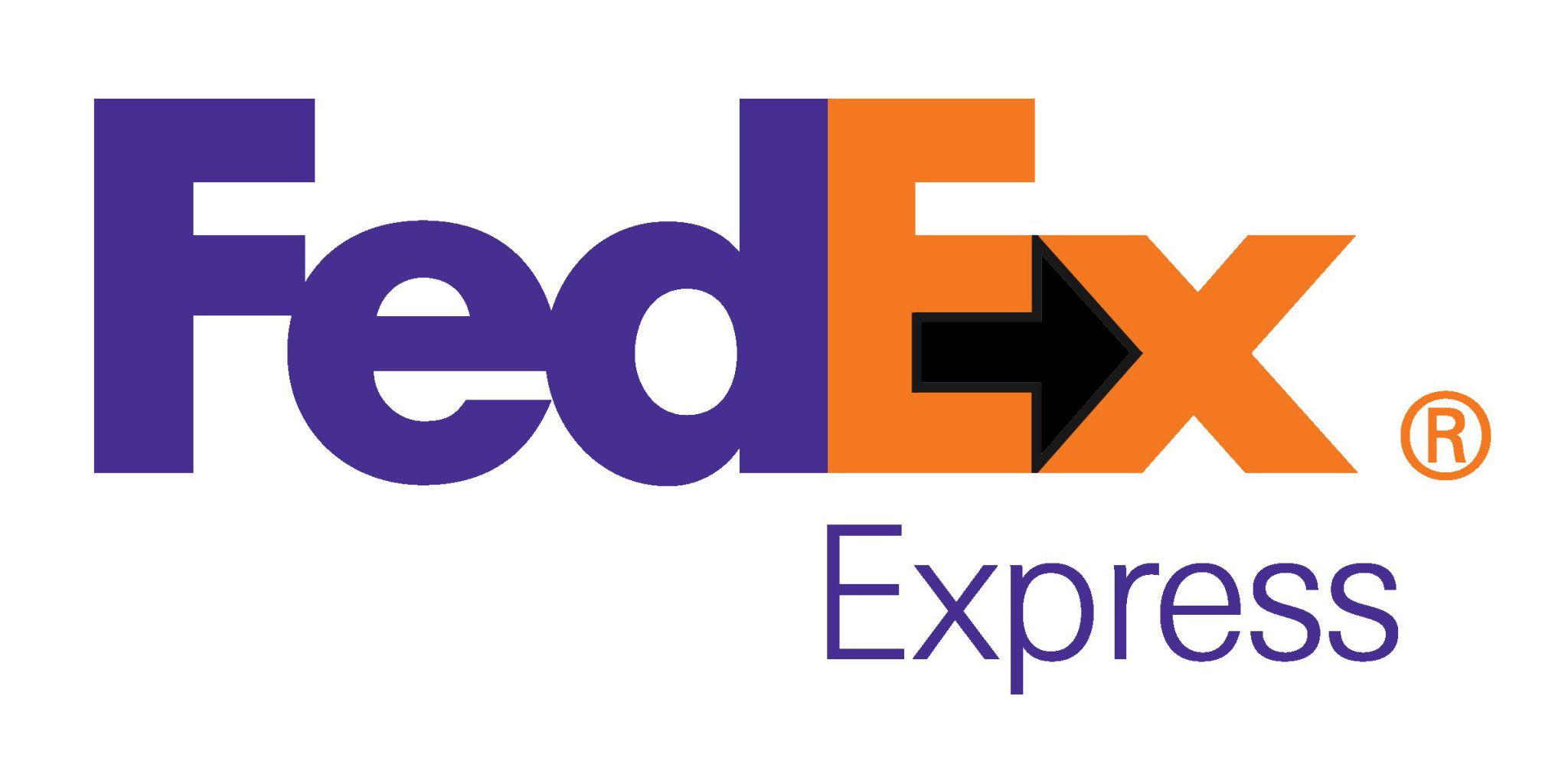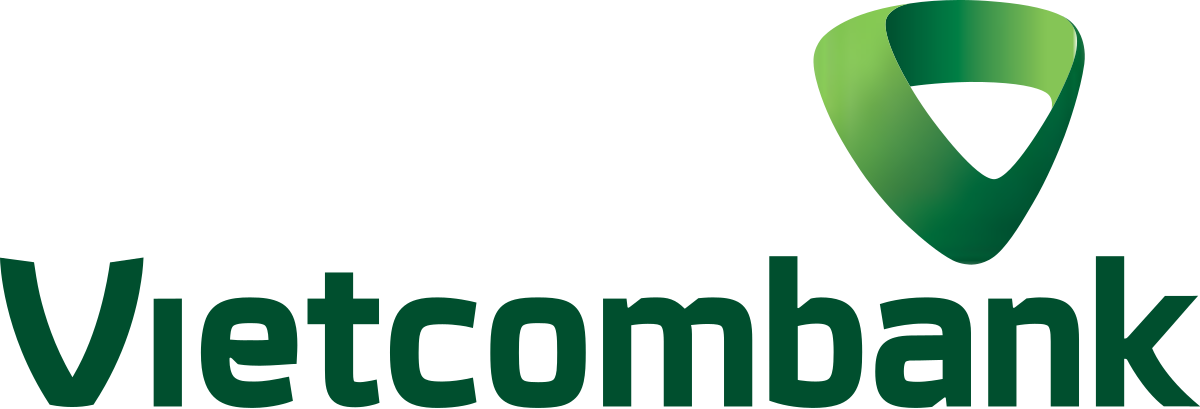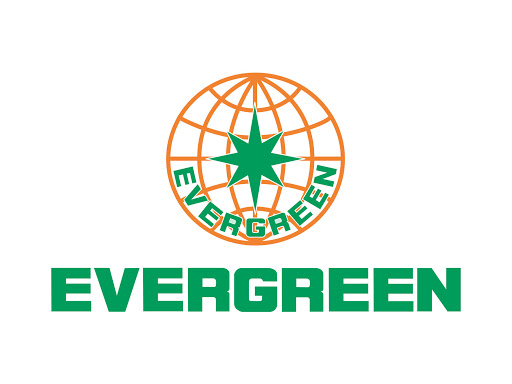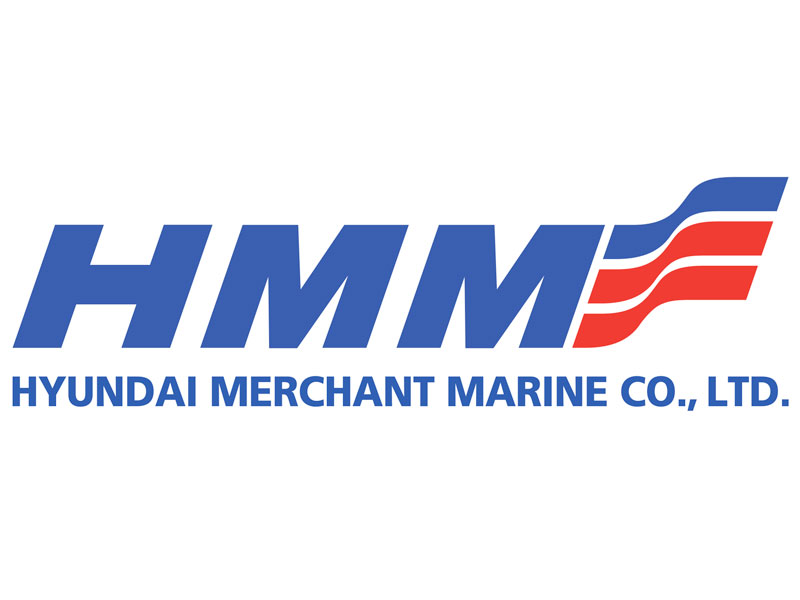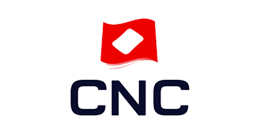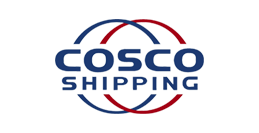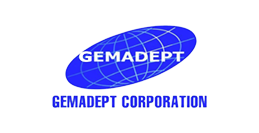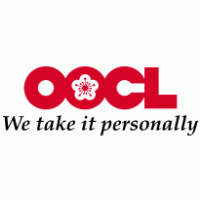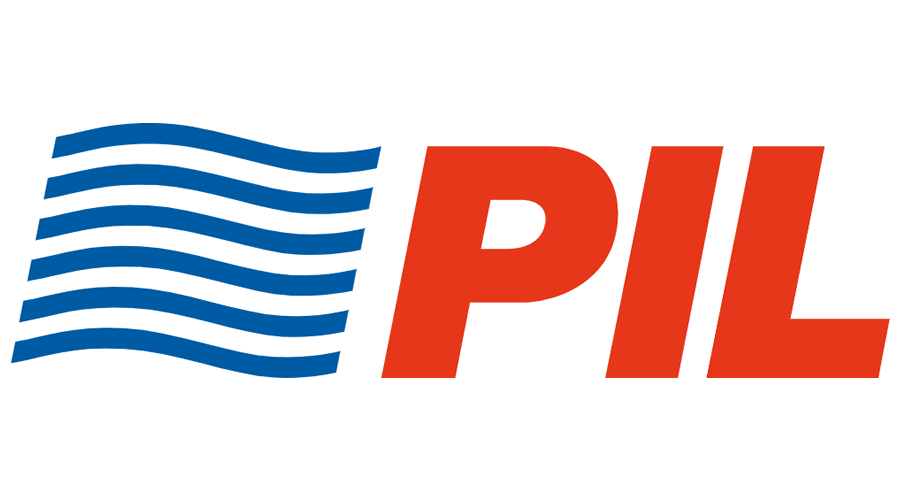If, on the other hand, the project yields a negative return on investment, it means the project cost more to pursue than it generated in revenue. If the project breaks even, then it means the total revenue generated by the project matched the expenses. This number is typically calculated after a project has concluded, and uses final costs and revenues to determine how much profit a project produced compared to what was estimated.
Get in Touch With a Financial Advisor
When interpreting ROI calculations, it’s important to keep a few things in mind. First, ROI is typically expressed as a percentage because it is intuitively easier to understand than a ratio. Second, the ROI calculation includes the net return in the numerator because returns from an investment can be either positive or negative. ROI is an understandable and easily calculated metric for determining the efficiency of an investment. This widely used calculation allows you to compare apple-to-apples among investment options.
ROI is applicable across a variety of investments such as real estate investments, stock market investments, or investments in updating factory tools and machinery. Anticipated ROI, or expected ROI, is calculated before a project kicks off, and is often used to determine if that project makes sense to pursue. Anticipated ROI uses estimated costs, revenues, and other assumptions to determine how much profit a project is likely to generate. First, it does not take into account the how to buy bitcoin in 7 steps holding period of an investment, which can be an issue when comparing investment alternatives.
What Is Return on Investment or ROI?
- Return on Equity, or ROE, is a nuanced measure that dives into a company’s internal financial performance.
- The investment will generate cash flows over the next five years; this is shown in the Cash Inflow row.
- The return on investment (ROI) formula is straightforward, as the calculation simply involves dividing the net return on the investment by the investment’s corresponding cost.
- The investor also spent a total of $125 on trading commissions when buying and selling the shares.
- When interpreting ROI calculations, it’s important to keep a few things in mind.
It does not consider ancillary benefits, such as social or environmental costs. The substantial difference in the IRR between these two scenarios—despite the initial investment and total net cash flows being the same in both cases—has to do with the timing of the cash inflows. In the first case, substantially larger cash inflows are received in the first four years. Considering the time value of money, these larger inflows in the earlier years have a positive impact on IRR. Assume a hypothetical investment that generated an ROI of 50% over five years. The simple annual average ROI of 10%–which was obtained by dividing ROI by the holding period of five years–is only a rough approximation of annualized ROI.
How to Understand ROI
If you further dissect the ROI into its component parts, it is revealed that 23.75% came from capital gains and 5% came from dividends. This distinction is important because capital gains and dividends are taxed at different rates. ROI is closely related to measures like return on assets (ROA) and return on equity (ROE). To calculate the annualized ROI, we’ll use the “RATE” function in Excel to determine the ratio as 3.7%. Five years from the date of purchase, the hedge fund exits the investment – i.e. liquidates its position – when the shares are up 20% relative to the entry share price at $12.00 per share.
How to Calculate Return on Investment (ROI)
Just keep in mind that ROI is only as good as the numbers you feed into your calculation, and ROI cannot eliminate risk or uncertainty. When you use ROI to decide on future investments, you still need to factor in the risk that your projections of net profits can be too optimistic or even too pessimistic. And, as with all investments, historical performance is no guarantee of future success. Return on investment is a simple ratio that divides the net profit (or loss) from an investment by its cost. Because it is expressed as a percentage, you can compare the effectiveness or profitability of different investment choices.
Whatever your investment goal might be, you probably know the cost of the thing today. But you might be less familiar with how much your goal may cost you after years or decades of inflation. Our goal is to deliver the most understandable and comprehensive explanations of financial topics using simple writing complemented by helpful graphics and animation videos. Investors should automatically avoid any company that yields a negative ROI calculation. Return on Investment (ROI) quantifies the relationship between returns and investments, offering a clear framework to assess success or failure.
That’s a bigger risk if you invested to fund a goal you hoped to accomplish in less than ripple bosses prepare for battle with sec three years. Compound interest is the engine that powers your investment returns over time. With compound interest, the amount you earn each year grows can be reinvested in your account to help you earn more.
So-called learning ROI relates to the amount of information learned and retained as a return on education or skills training. As the world progresses and the economy changes, several other niche forms of ROI are sure to be developed in the future. John Schmidt is the Assistant Assigning Editor for investing and retirement. Before joining Forbes Advisor, John was a senior writer at Acorns and nothing found for beaxy gnyx2gvirlpbz coin chart mk editor at market research group Corporate Insight.



